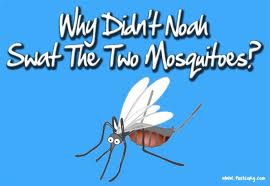
As parents, we often marvel at how much our babies enjoy food. Even the simplest flavors seem to bring them great pleasure, and they seem to enjoy experimenting with different tastes and textures. One possible explanation for this is that babies have a much larger number of taste buds than adults. In fact, it’s estimated that babies have around 30,000 taste buds, while adults only have around 10,000. But why is this the case?
To understand why babies have so many taste buds, it’s important to first understand what taste buds are and how they work. Taste buds are specialized cells on the tongue that are responsible for detecting different tastes, such as sweet, salty, bitter, and sour. These cells are connected to nerves that send signals to the brain, which then processes the information and helps us to identify different flavors.
So why do babies have so many taste buds? One possibility is that it’s a survival mechanism. Babies are born with an innate preference for sweet flavors, which may help to encourage them to breastfeed and get the nutrients they need to grow and develop. Additionally, having more taste buds may help babies to better identify different foods and flavors, which can be important for avoiding potentially harmful substances or discovering new sources of nutrition.
Another possible explanation for why babies have so many taste buds is that they have a greater need for sensory input overall. Babies are born with a relatively underdeveloped nervous system, and their brains are constantly working to process and make sense of new information. Having a larger number of taste buds may help to provide additional stimulation and input that can support their cognitive and neurological development.
As babies grow and develop, their taste buds begin to change and adapt. By the time a child reaches adolescence, they will typically have around 10,000 taste buds, which is the same number as an adult. This decrease in the number of taste buds is thought to be due to a combination of natural attrition and changes in the way the taste buds are distributed on the tongue.
Interestingly, the number of taste buds a person has is not necessarily linked to their ability to taste. While babies may have more taste buds than adults, their taste preferences and abilities are still developing. For example, babies may be more sensitive to certain flavors, such as sweet or bitter, while being less sensitive to others. Additionally, taste preferences can be influenced by a range of factors, including cultural background, individual experiences, and even genetics.
In summary, babies have approximately 30,000 taste buds, which is three times more than adults. This is thought to be due to a combination of factors, including a need for sensory input and a survival mechanism to encourage the consumption of nutritious foods. While the number of taste buds a person has does not necessarily determine their ability to taste, having more taste buds can provide additional stimulation and input that may support neurological development. As babies grow and develop, their taste preferences and abilities will change, and they will eventually have the same number of taste buds as adults.
Source: https://www.theguardian.com/lifeandstyle/wordofmouth/2013/jan/29/changing-tastes-food-and-aging







